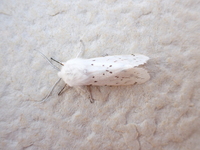
| Recorded by: Laurie Hamon on 2025-04-09
Pender Co.
Comment: | 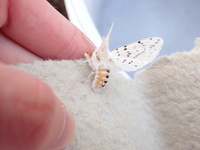
| Recorded by: Laurie Hamon on 2025-04-09
Pender Co.
Comment: |
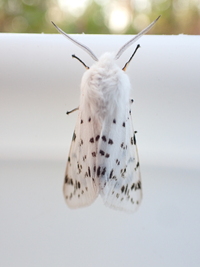
| Recorded by: Laurie Hamon on 2025-04-09
Pender Co.
Comment: | 
| Recorded by: Mark Basinger on 2025-04-02
Wilson Co.
Comment: |

| Recorded by: Mark Basinger on 2025-04-02
Wilson Co.
Comment: | 
| Recorded by: Mark Basinger on 2025-03-27
Brunswick Co.
Comment: |
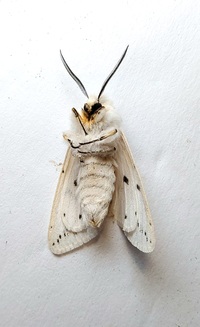
| Recorded by: Mark Basinger on 2025-03-27
Brunswick Co.
Comment: | 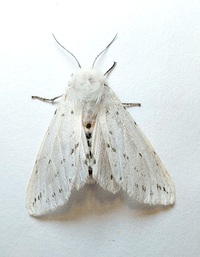
| Recorded by: Mark Basinger on 2025-03-26
Brunswick Co.
Comment: |
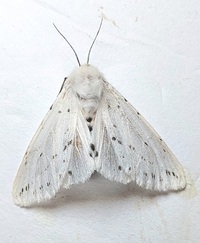
| Recorded by: Mark Basinger on 2025-03-23
Brunswick Co.
Comment: | 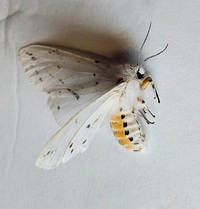
| Recorded by: Mark Basinger on 2025-03-23
Brunswick Co.
Comment: |

| Recorded by: R. Newman on 2024-04-07
Carteret Co.
Comment: | 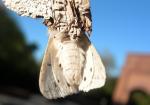
| Recorded by: R. Newman on 2024-04-07
Carteret Co.
Comment: |
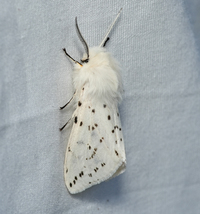
| Recorded by: John Petranka, Chuck Smith on 2024-03-14
Bladen Co.
Comment: | 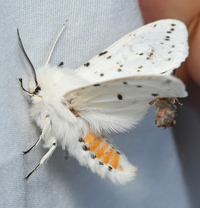
| Recorded by: John Petranka, Chuck Smith on 2024-03-14
Bladen Co.
Comment: |
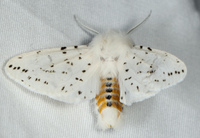
| Recorded by: John Petranka, Chuck Smith on 2024-03-13
Bladen Co.
Comment: | 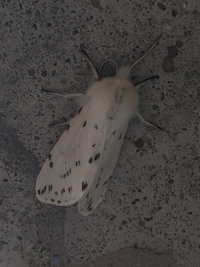
| Recorded by: Morgan Freese on 2021-04-08
New Hanover Co.
Comment: |
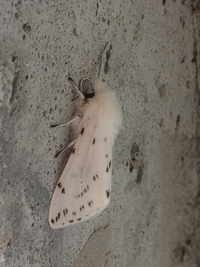
| Recorded by: Morgan Freese on 2021-04-08
New Hanover Co.
Comment: | 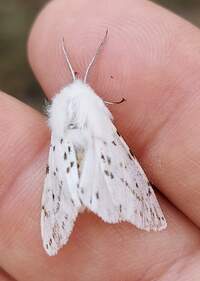
| Recorded by: Mark Basinger on 2021-03-25
Brunswick Co.
Comment: |
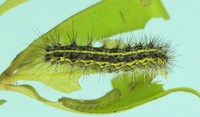
| Recorded by: J.B. Sullivan on 2020-05-01
Carteret Co.
Comment: | 
| Recorded by: J.B. Sullivan on 2020-05-01
Carteret Co.
Comment: |
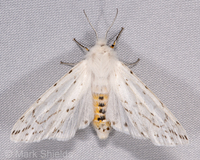
| Recorded by: Mark Shields on 2020-03-28
Onslow Co.
Comment: | 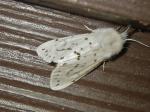
| Recorded by: j.wyche on 2017-03-26
Gates Co.
Comment: |

| Recorded by: Paul Scharf on 2015-05-01
Warren Co.
Comment: | 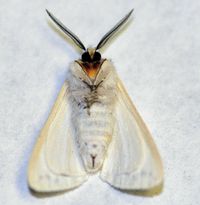
| Recorded by: Paul Scharf on 2015-05-01
Warren Co.
Comment: |
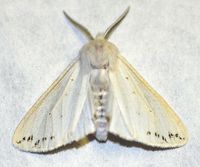
| Recorded by: Paul Scharf on 2015-05-01
Warren Co.
Comment: | 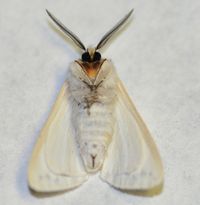
| Recorded by: Paul Scharf on 2015-05-01
Warren Co.
Comment: |
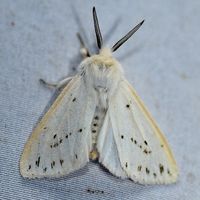
| Recorded by: Paul Scharf on 2015-04-17
Warren Co.
Comment: | 
| Recorded by: T. DeSantis on 2011-04-08
Camden Co.
Comment: |
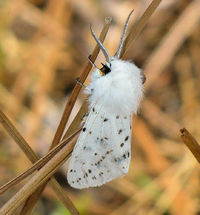
| Recorded by: Steve Hall on 2008-04-12
Brunswick Co.
Comment: Identity verified by examination of the abdomen |

 »
»



 »
»

